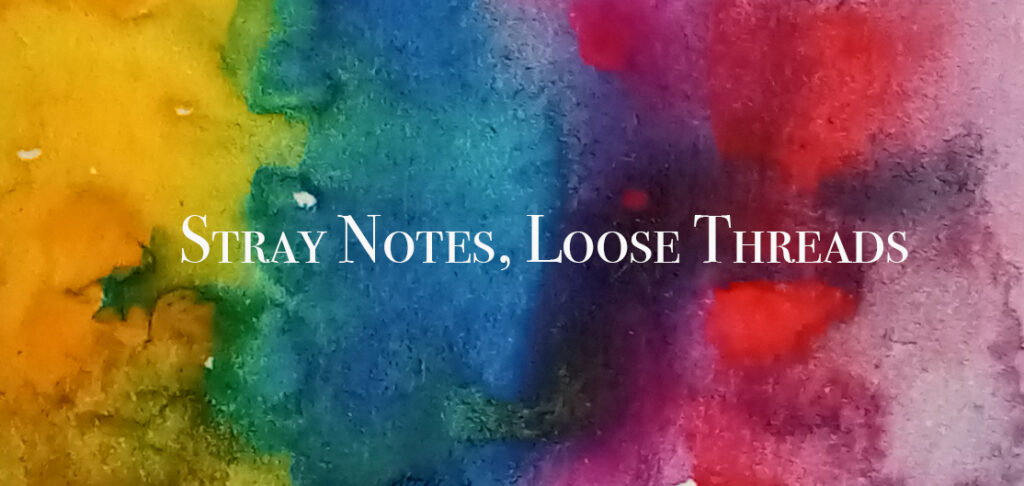 Taking place in the beautiful city of Venice with its picturesque canals, boats and bridges as well as its plethora of fine buildings, the Biennale 2024 is thought-provoking and surprising.
Taking place in the beautiful city of Venice with its picturesque canals, boats and bridges as well as its plethora of fine buildings, the Biennale 2024 is thought-provoking and surprising.
Spread across the city, the main venues of the exhibition are the Arsenale and Giardini, the former a naval shipyard and the latter, as the name suggests, public gardens, but there are many small shows, performances and exhibitions across the whole of Venice during the six months of the event.
This year’s theme is Straniere ovunque / strangers everywhere and the 60th International Art Exhibition has been curated by Adriano Pedrosa, the first Latin American to do so, and the first person from the Southern Hemisphere to hold the post.
Within the Arsenale complex the main building for the Biennale is a former rope-making factory and the entrance to the main building is through New Zealand Aotearoa’s winning entry to the show: Takapaukura 2022 by Mataaho Collective. This gentle yet impressive and powerful sculpture uses reflective webbing and grips woven together to create a shimmering entrance of rainbows, shadows and light. Refugee Astronaut by Yinka Shonibare, part of an ongoing contemplation of space as a place of refuge from environmental destruction and the search for continuous economic growth, stands at the entrance as through poised to enter.


Once inside the main building the breadth of this year’s show is apparent. With plenty of textile art as well as traditional paintings, drawings and sculpture, it is refreshing to explore many different viewpoints. There are lots of artists from the Global South, and a representation of Italians, including Bona Pieyre de Mandiargues‘ deconstructed suit, who left the country to take up their practice elsewhere,It is fascinating to learn more about how art movements, particularly Modernism, have been taken up in other parts of the world to become something linked but unique. It is also surprising to see how many artists are represented for the first time at the Biennale; a continuation of the movement to include other parts of the globe in the art world.
Nucleo Contemporaneo, a section devoted to recent art and artists, and Nucleo Storico, devoted to the histories of art and artists, are the overarching themes for these works. In addition to other types of art, there are a number of textile works from Pacita Abad, Claudia Alarcón, and unidentified Chilean artists who created arpilleras, the embroidered textiles that were made during Augusto Pinochet’s military dictatorship. All the artists represented are on this link.





Standing in the central corridor of the space is a multimedia piece of sound and indigo dyed fabrics by duo Antonio Jose Guzman & Iva Jankovic. This work (below) is created from sound (Senegalese drums, dub, punk and electronic music amongst them) and fabrics printed at the Ajrakh workshop of Sufiyan Khatri in Ajrakhpur, India using a 4,000 year old manual tradition. The cloth features an abstraction of DNA sequences from different cultures, a reference to the enslavement of Africans who carried with them the expertise of creating indigo.

There are four aspects within the show. These aspects have been chosen to represent “strangers”: queer artists, outsider artists, folk and popular artists and indigenous artists. The inclusion of these categories enriches the exhibition with a diversity of thought and opinion.
Ahmed Umar now lives in Norway after fleeing Sudan, his home country, where there is little tolerance of queer identities. In the video piece, accompanied by a display of the costume that performers wear, he re-enacts the Sundanese bridal dance that marks the end of week-long celebrations. This piece, entitled Talitin, the Third (2023), is a powerful display of defiance, and a joyful celebration of life. Read more about the artist and his work, and see some of the stills from the video piece here.
Susanne Wenger was a designer, painter and sculptor who trained in Vienna in the 1930s. Upon moving to Nigeria with her husband (who had accepted a posting to the University of Ìbàdàn), she eventually became an initiate into Yorùbá religion and began to work with àdìrẹ ẹlẹ́kọ, a starch-resist indigo dyeing process. The pieces on show (below) are large-scale reinterpretations of the tradition of women’s wrappers, recognisable in their origins but marked by the artist’s vision.

At the end of the main building of the Arsenale complex a contribution from the Republic of Uzbekistan offers a deconstructed backstage of a theatre (below) with costume and audio-visual co-creations by Qizlar Collective. Don’t Miss the Cue explores belonging, identities and migration through the history and stories of women. One of the pieces uses AI to transmogrify traditional suzani embroidery into other forms, a comment on the power of AI to re-present information in other forms with the potential obliteration of identity and knowledge.

In this, the oldest art show in the world it is good to see how textiles are regarded as an integral part of the art world, and heartening to see challenge and redress in the often-overlooked views from “strangers” in the world.
Next week: Giardini and the country pavilions, and the wider Biennale

Leave a Reply